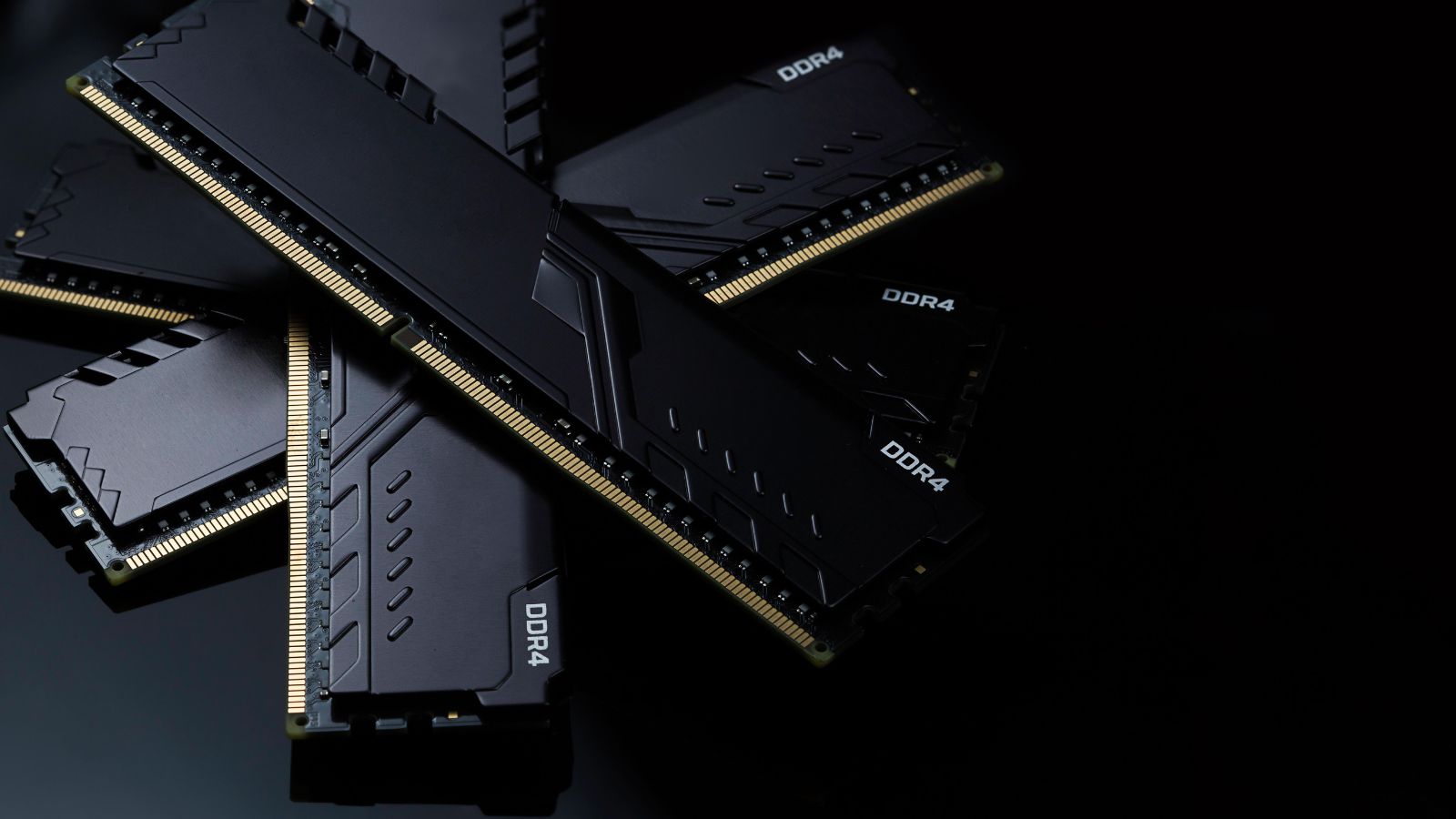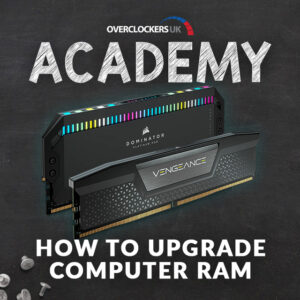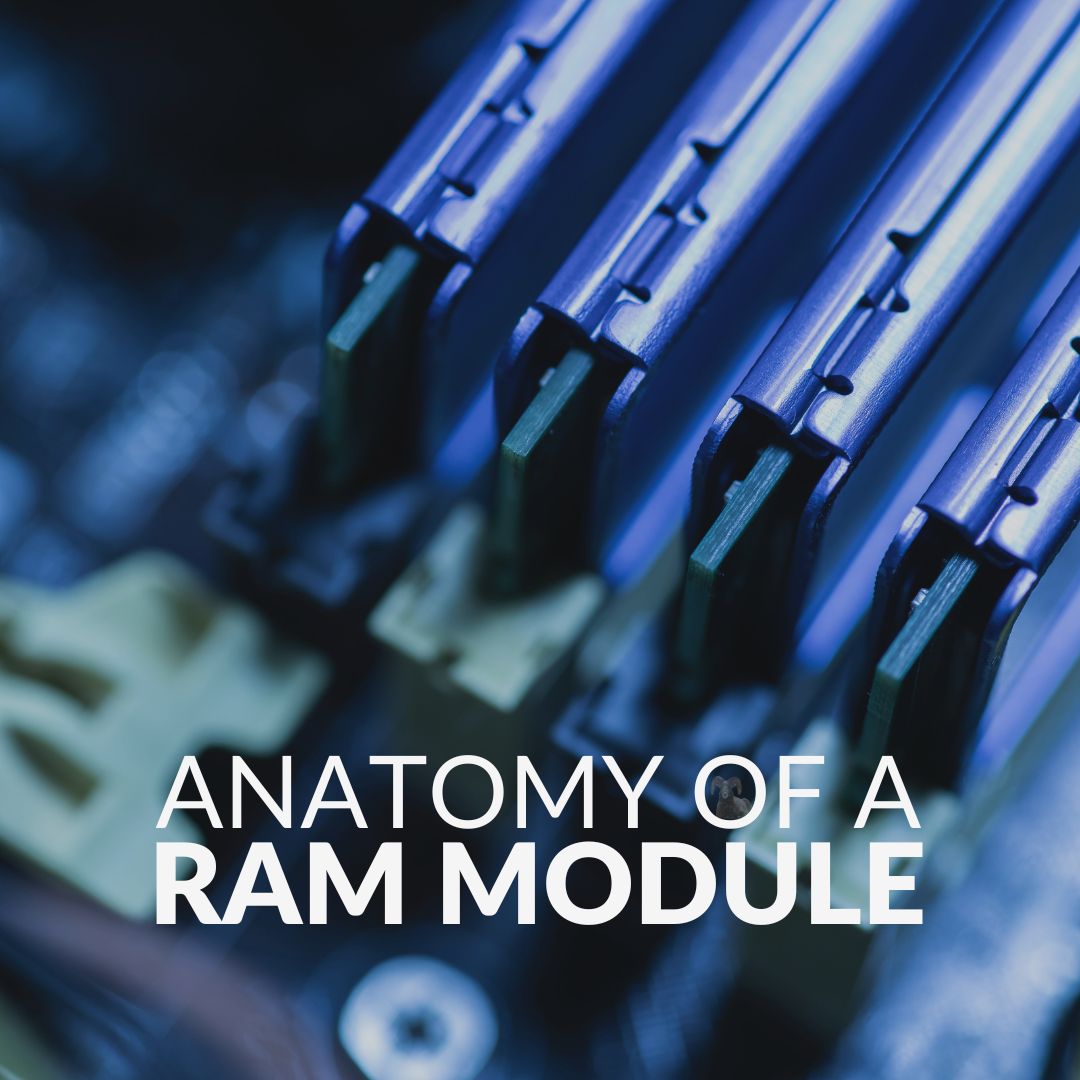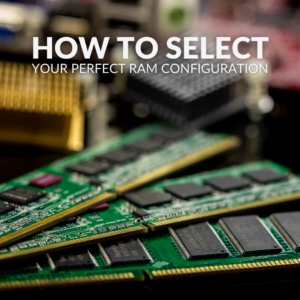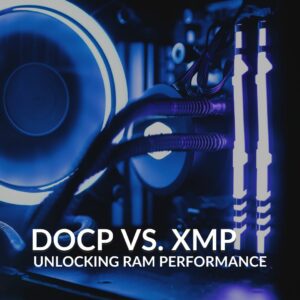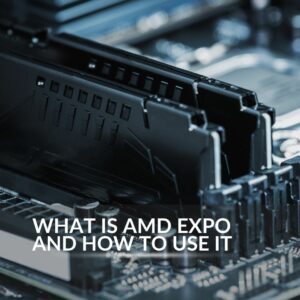Looking to upgrade your RAM game but don’t know how to pick the right RAM kit for your gaming set-up? The Overclockers UK guide to RAM will take you through all the key features you need to know before you buy, including capacity, speed, CAS timings, and much more.
We’re in a for a long one here, so grab some snacks, something to take notes on, and a cosy blanket.
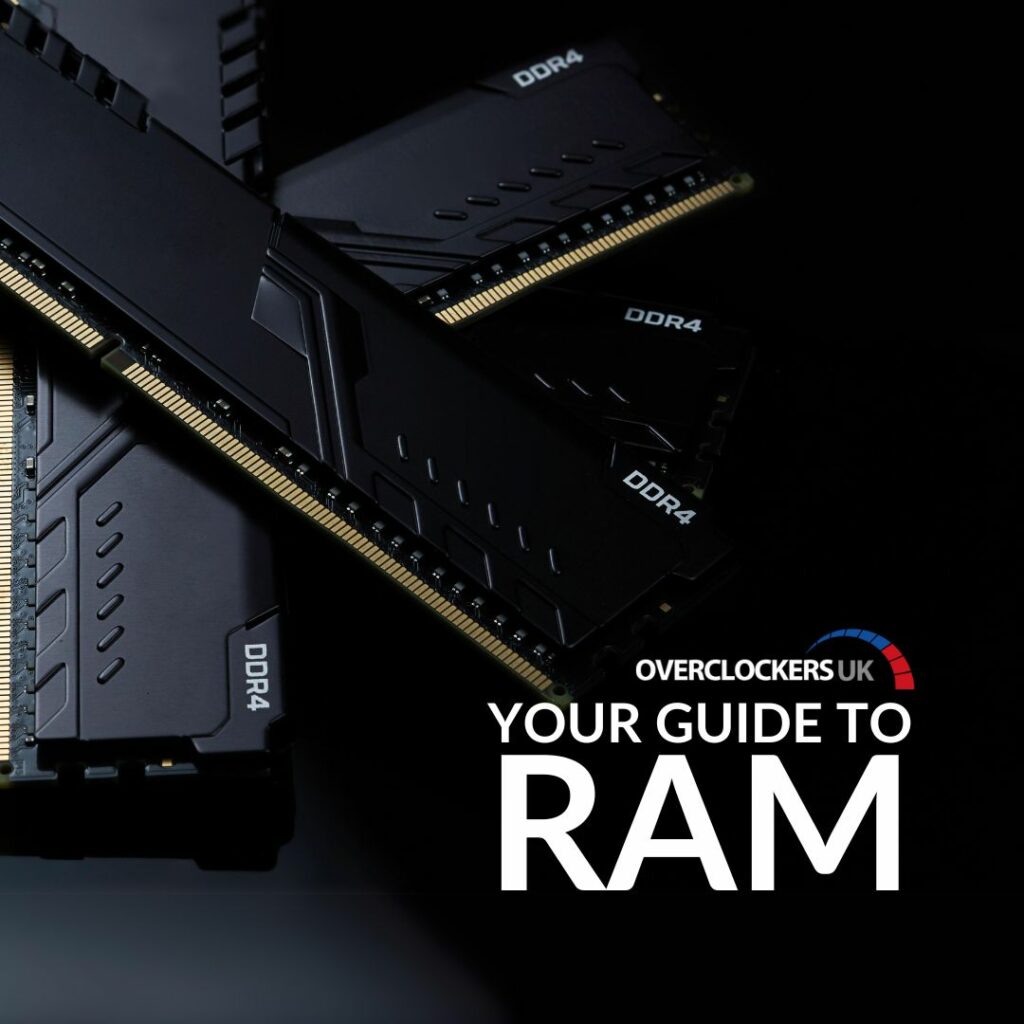
What is RAM?
RAM stands for Random Access Memory. It serves as volatile memory and is typically responsible for temporarily storing and processing data as and when it is needed by the CPU.
RAM is volatile, so any data stored on your memory is only kept there whilst your PC is turned on. As soon as you shut down your computer, all the data is lost.
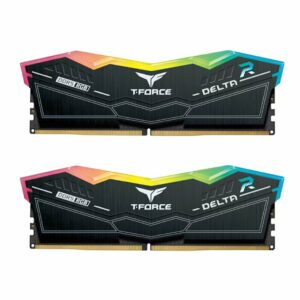
Capacity
Each stick of RAM has a set amount of memory storage space, or capacity. This can range from 2GB all the way up to 32GB. In short, the more capacity your RAM has, the more data it can store.
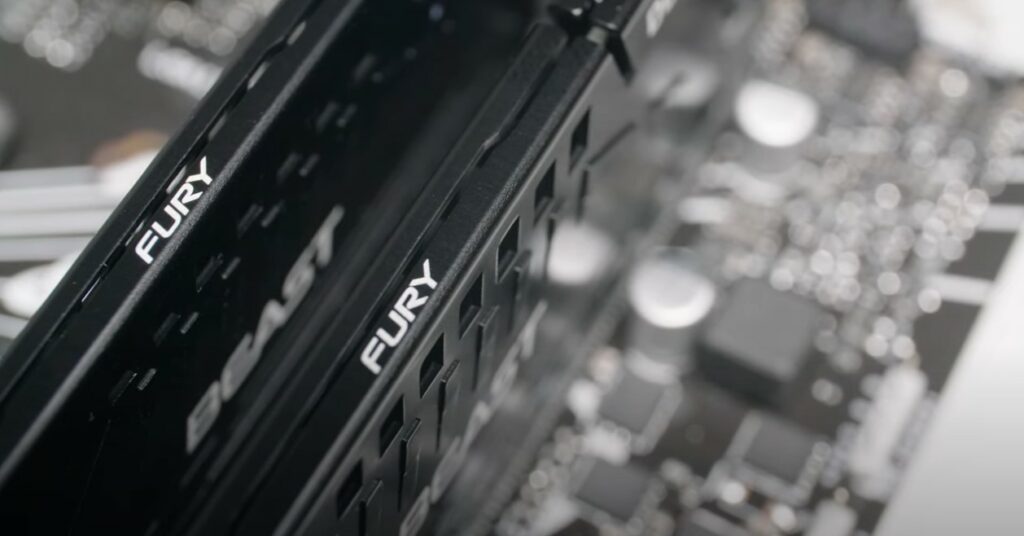
Standard
RAM has developed and grown more powerful with each new standard. There are several different generations of RAM, but DDR5 is the most recent and has been optimised for modern-day hardware.
The other RAM standards include:
- DDR
- DDR2
- DDR3
- DDR4
The most commonly used in PCs today is either DDR4 or DDR5. Both standards feature high bandwidths, data integrity, and capacity, however DDR5 has a notable reduction in power consumption for improved efficiency.
If you want to see more differences between DDR4 and DDR5 RAM, be sure to check out our blog post.
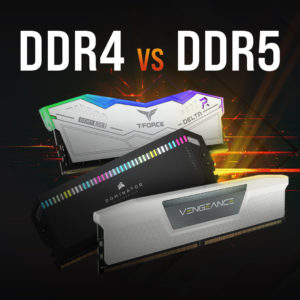
Form Factor
The form factor refers to how physically large your RAM is. Typically, there are only two form factors of RAM:
- SO-DIMM
- DIMM
SO-DIMM
SO-DIMM, or Small Outline Dual In-line Memory Module, is commonly used in laptops. This small factor only takes up half the size of a standard DIMM RAM module, making it perfect for your portable devices such as laptops or even home theatre set-ups.
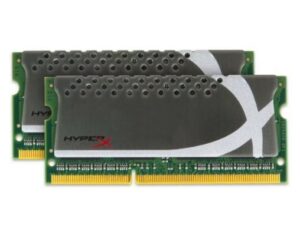
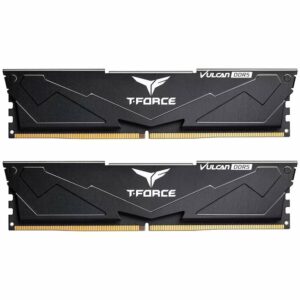
DIMM
Alternatively, DIMM, or Dual In-line Memory Module, is utilised in desktop PCs. This is the most common type of RAM factor and often feature integrated RGB lighting or a heatsink.
Looking for more information on RAM form factors? We took a deep dive into both SO-DIMM and DIMM RAM in our blog post. Check it out!
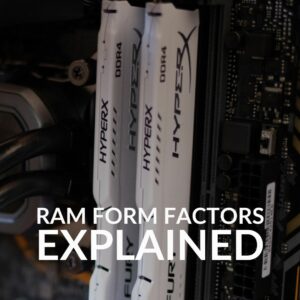
Speed
RAM speed is measured in megahertz (MHz). The speed refers to how quickly it can read your data in a clock cycle. The more clock cycles it can perform, the quicker the RAM is at processing and storing data.
For example, if your kit reaches speeds up to 3200MHz, it can write 3.2 billion clock cycles per second.
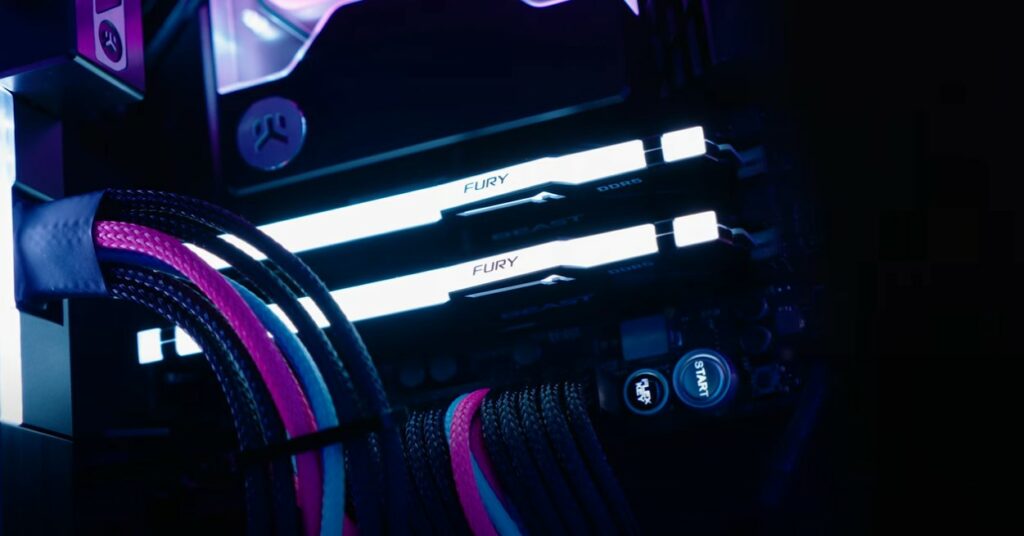
CAS Timings
CAS timings inform you how long it takes for the RAM to respond to the processor requesting a specific action or piece of data. These timings are often displayed as a series of numbers, each of representing something different.
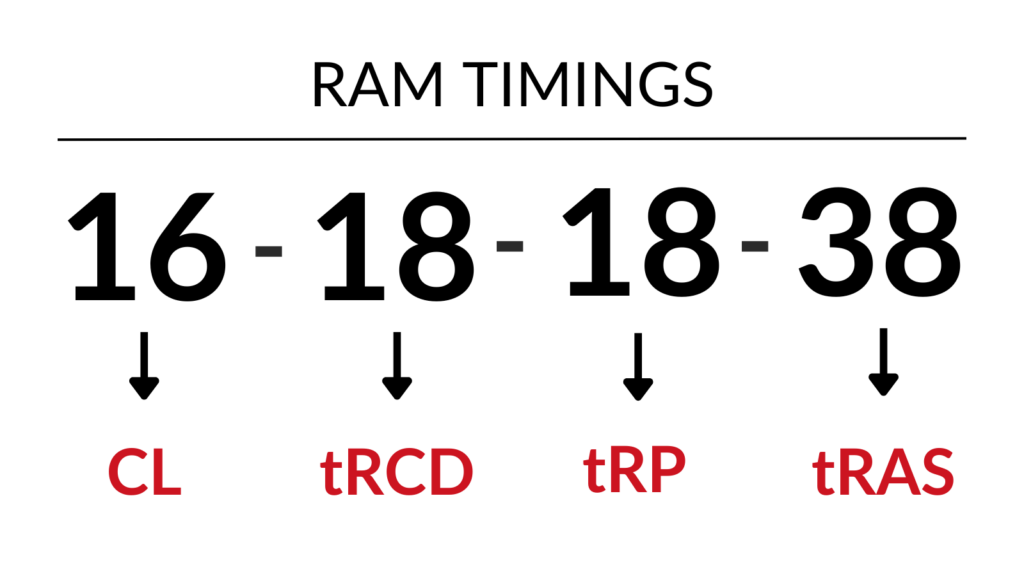
- CAS Latency (CL) – how quickly it takes for the data to be ready.
- Row Column Delay (tRCD) – how long it takes to read the data.
- Row Precharge Time (tRP) – how long it takes for a new row of data to be ready.
- Row Active Time (tRAS) – the minimum time it takes for a row of data to be active.
Want to learn more about CAS latency and how it affects your gaming performance? Take a look through our blog guide for more information.

Configuration
RAM configuration refers to the number of modules in your kit. For example, a single-channel kit only includes one singular RAM module.
There are several mainstream RAM configurations, each one increasing in the number of modules.
- Single-channel – one stick of RAM.
- Dual-channel – two sticks of RAM.
- Quad-channel – four sticks of RAM.
- Octo-channel – eight sticks of RAM.
The more RAM modules you have, the easier it is for your PC to process intensive tasks. This is because the data can spread across all the sticks in the kit allowing for more information to be processed simultaneously.
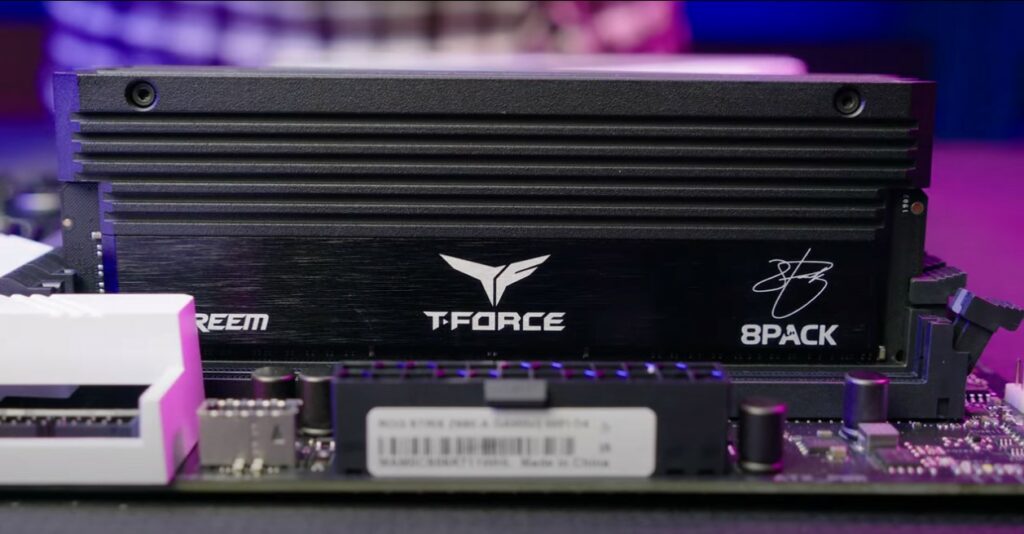
XMP, DOCP, and EXPO – What Do They Mean?
All three are dedicated overclocking tools built by Intel and AMD. You can use these integrated applications to boost the clock speed of your RAM kit to enhance your in-game performance.
XMP:
XMP, or Extreme Memory Profiles, is a dedicated overclocking software built by Intel. You can utilise XMP on all Intel compatible motherboards to increase both the speed and performance of your memory.
XMP works by automatically detecting the fastest clock speed and CAS latency for your chosen RAM. There are currently two versions of XMP:
- XMP 2.0 – compatible with DDR4 and includes two pre-configured overclocking profiles.
- XMP 3.0 – compatible with DDR5 and includes three pre-configured overclocking profiles and two customisable profiles.
DOCP:
DOCP stands for ‘Direct Overclock Profile’ and has been designed by ASUS for AMD motherboards.
DOCP includes pre-configured overclocking profiles to make finding the sweet spot even easier since it removes the need for you to manually adjust any voltages. All the overclocking profiles on DOCP will intelligently adjust your RAM’s voltage, depending on the type of performance you want to achieve and the type of RAM you are trying to overclock.
EXPO:
EXPO is another AMD alternative to XMP. It stands for Extended Profiles for Overclocking and has been built to work alongside the AMD Ryzen 7000 Series to facilitate high-speed overclocking. The built-in tools are user-friendly, meaning both beginners and veteran overclockers can use AMD EXPO with ease.
AMD EXPO is only available on select compatible DDR5 kits.
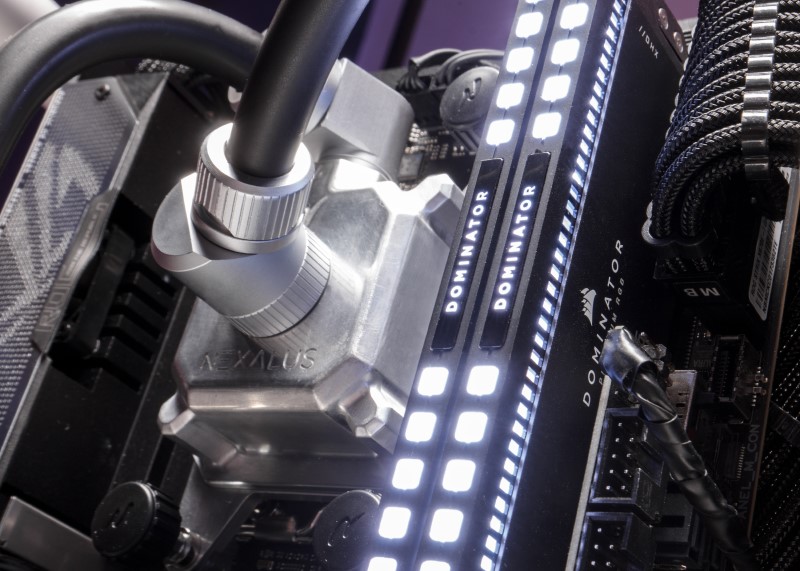
How Much RAM Do I Need?
How much RAM you need all depends on what your PC is going to be used for. We’ve summarised what we recommend for gaming, streaming, and creative workloads below.
Gaming
For gaming, 16GB is plenty. With this, you’ll have everything you need to enjoy quick loading times and zero input lag in all your favourite AAA games.
Streaming
For streaming or content creation, we recommend at least 32GB. With a 32GB capacity, you’ll be able to achieve optimum performance during gaming along with a smooth lag-free viewing experience for your audience.
Creative Work
For intensive creative work such as image rendering or video editing, we recommend at least 64GB. Having this high capacity will have a huge benefit on your workloads, as more data can be processed all at once. Even more so if you pair high-capacity memory with an octo-channel configuration.
How to Install RAM?
Now that we’ve covered all you need to know about picking your RAM – let’s cover installing your RAM. Whilst it may seem daunting at first, the process is a lot easier than it might sound, especially with the Overclockers UK Academy.
We’ve got two, that’s right two, dedicated written and video guides about RAM. These will take you through the process of selecting the perfect kit for your PC and then how to go about installing said kit. You can read through both of our written guides below. Alternatively, if reading isn’t quite your thing, then be sure to watch Briony’s helpful video tutorial.
Is It Time to Upgrade Your RAM?
Are you ready to upgrade your RAM?
At Overclockers UK, you can find plenty of high-quality RAM, available in a wide range of capacities, configurations, and standards. We’ve picked out our top selections below, but if these kits don’t come equipped with what you need, you can browse the full range by clicking the button.
Lexar Hades 16GB (2x8GB) RGB DDR4 Dual/Quad-Channel RAM Kit
- 16GB capacity (2 x 8GB)
- DDR4 standard
- Integrated RGB lighting
- Dual/Quad-channel configuration
- 36000MHz RAM speed
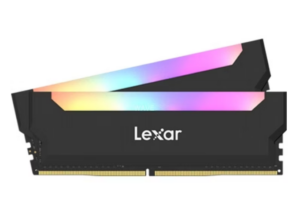
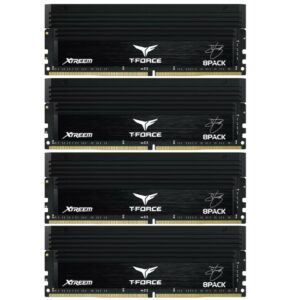
TeamGroup Xtreeem ‘8Pack Edition’ 32GB (4x8GB) DDR4 Quad-Channel RAM Kit
- 32GB capacity (4 x 8GB)
- DDR4 standard
- Quad-channel configuration
- 3600MHz RAM speed
Corsair Vengeance RGB EXPO 32GB (2x16GB) DDR5 Dual-Channel RAM Kit
- 32GB capacity (2 x 16GB)
- DDR5 standard
- Integrated RGB lighting
- Compatible with AMD EXPO
- Dual-channel configuration
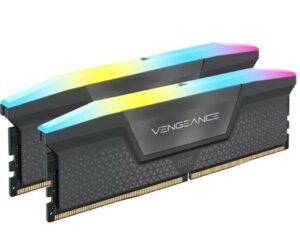
Read More about Your RAM
Want to learn more about RAM and its place within your gaming PC? We’ve got plenty of helpful and informative posts on the OcUK blog.
